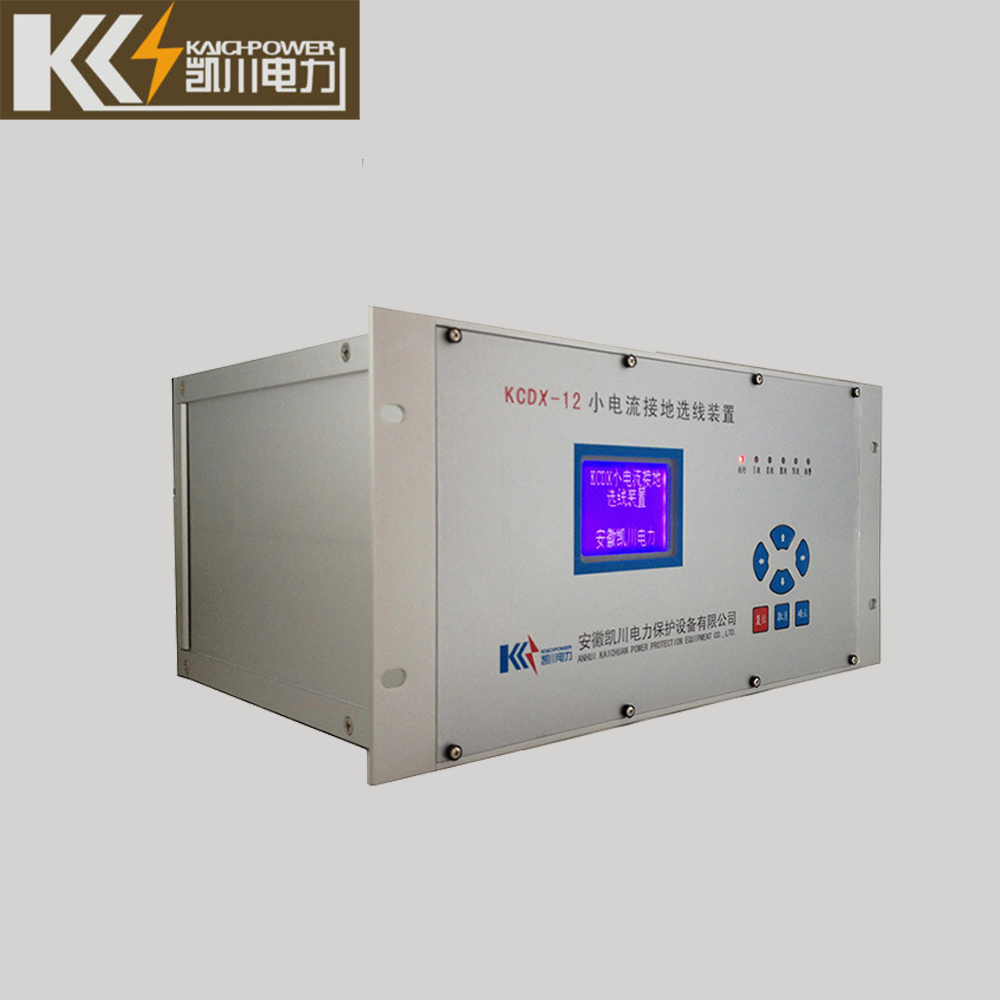
Understanding Switchgear: An Essential Component of Electrical Power Systems
Switchgear is a crucial component of electrical power systems that helps in the control, protection, and isolation of electrical equipment and circuits. It plays a vital role in ensuring the safety and reliability of power distribution, making it an essential part of various industries, including utilities, manufacturing, and commercial buildings.
The Purpose of Switchgear
The primary purpose of switchgear is to control and distribute electrical power effectively and safely. It acts as a central hub that allows operators to monitor and control the flow of electricity, ensuring that it is directed to the intended destinations and equipment. Switchgear also protects against overloads, short circuits, and other electrical faults, preventing potential damage to equipment and minimizing the risk of electrical hazards.
Components of Switchgear
Switchgear consists of several key components that work together to provide efficient power distribution and protection. These components include:
1. Circuit Breakers
Circuit breakers are automatic switches that interrupt the flow of electricity in the event of an overload or short circuit. They are designed to protect electrical equipment and circuits from damage by quickly isolating faulty sections and preventing further electrical faults.
2. Disconnect Switches
Disconnect switches, also known as isolators, are manual switches used to isolate specific sections of electrical equipment or circuits for maintenance or repair purposes. They provide a physical break in the electrical connection, ensuring the safety of personnel working on the equipment.
3. Protective Relays
Protective relays are devices that sense abnormal electrical conditions, such as overcurrents or voltage fluctuations, and send signals to the circuit breakers to trip and isolate the affected areas. They act as the “brain” of the switchgear, continuously monitoring the electrical system and initiating protective actions when necessary.
4. Busbars
Busbars are metallic bars or conductors that serve as a common connection point for multiple outgoing and incoming circuits. They distribute electrical power from the main source to various equipment and circuits within the switchgear. Busbars ensure efficient power transfer and reduce the complexity of wiring.
5. Instrumentation and Control Devices
Switchgear is equipped with various instrumentation and control devices, such as meters, indicators, and control panels, to provide operators with real-time information about the electrical system’s status. These devices enable operators to monitor power consumption, voltage levels, and other important parameters, allowing them to make informed decisions and take appropriate actions.
Types of Switchgear
Switchgear can be classified into different types based on its design, voltage rating, and application. Some common types of switchgear include:
1. Low Voltage Switchgear
Low-voltage switchgear is designed for electrical systems operating at voltages below 1,000 volts. It is commonly used in residential, commercial, and small industrial applications. Low-voltage switchgear typically includes circuit breakers, disconnect switches, and protective relays.
2. Medium Voltage Switchgear
Medium voltage switchgear is designed for electrical systems operating at voltages between 1,000 and 35,000 volts. It is commonly used in industrial and utility applications, where higher power demands are required. Medium voltage switchgear includes circuit breakers, disconnect switches, protective relays, and additional features for enhanced protection and control.
3. High Voltage Switchgear
High-voltage switchgear is designed for electrical systems operating at voltages above 35,000 volts. It is primarily used in utility substations, power generation plants, and large industrial facilities. High voltage switchgear includes advanced protective relays, circuit breakers, disconnect switches, and other specialized equipment to handle the higher voltages and power levels.
Benefits of Switchgear
The use of switchgear offers several benefits in electrical power systems, including:
1. Enhanced Safety
Switchgear protects against electrical faults, reducing the risk of electrical hazards, equipment damage, and potential injuries to personnel. It enables safe operation and maintenance of electrical equipment by isolating faulty sections and providing clear visual indicators of the system’s status.
2. Improved Reliability
By controlling and monitoring the flow of electricity, switchgear helps ensure reliable power distribution. It minimizes downtime by quickly isolating faulty sections and restoring power to unaffected areas. Switchgear also enables efficient load management, preventing overloads and optimizing power utilization.
3. Flexibility and Scalability
Switchgear systems are designed to be flexible and scalable, allowing for easy expansion and modification as power requirements change. Additional circuit breakers, protective relays, and other components can be added or upgraded to accommodate increased power demands or changes in the electrical system’s configuration.
4. Cost Savings
Switchgear helps optimize power distribution, reducing energy wastage and improving overall system efficiency. By preventing equipment damage and minimizing downtime, it also helps avoid costly repairs and production losses. Additionally, switchgear enables better load management, optimizing power consumption and potentially reducing electricity bills.
In Conclusion
Switchgear is an essential component of electrical power systems, providing control, protection, and isolation for efficient and safe power distribution. It consists of various components, including circuit breakers, disconnect switches, protective relays, busbars, and instrumentation devices. Switchgear offers several benefits, including enhanced safety, improved reliability, flexibility, scalability, and potential cost savings. Understanding the importance and functionality of switchgear is crucial for ensuring the smooth and reliable operation of electrical power systems across various industries.